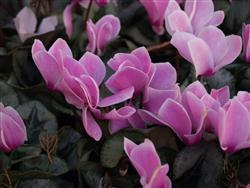
Learn to be a Plant Nursery Assistant
Study and learn plant nursery skills
This is a course designed in collaboration with nursery hands at the Greening Australia Hamel Nursery, south of Perth. It teaches the skills for day to day work in a production nursery. There are eleven lessons involving: The Nursery Industry - operational flow charts, nursery standards, plant variety rights, transport regulations; plant identification, nursery structures, buildings, heating and cooling systems; potting mixes, seed propagation, cutting propagation, other propagation techniques, plant nutrition, pest and disease control, other nursery tasks and marketing and sales